Charting the unique make-up of Japanese architecture

Japanese architecture has never been more in vogue. Today Tadao Ando is virtually a household name and many people marvel at the quirky compact single family homes in Tokyo, which despite often having no shutters, curtains, straight – or some times indeed any – walls, constitute some of the most revered contemporary architectural gems. But what is it that makes Japanese architecture unique? The newly opened ‘Japan in Architecture – Genealogies of Its Transformation’ show at the Mori Art Museum in Tokyo is trying to answer that question.
In response the curatorial team (which includes acclaimed local architect Terunobu Fujimori) has divided its thesis into nine different sections, spanning ‘Possibilities of Wood’, ‘Transcendent Aesthetics’, ‘Roofs of Tranquillity’, ‘Crafts as Architecture’, ‘Linked Spaces’, ‘Hybrid Architecture’, ‘Forms for Living Together’, ‘Japan Discovered’ and ‘Living with Nature’. There is no strict chronological order to the more than 100 projects exhibited, and both historical examples (such as the mesmerising 1797 Aizu Sazaedo spiral staircase temple) and yet-to-be-completed ones (such as Junya Ishigami’s House and Restaurant in Yamaguchi) are represented to try and explain the lure and singularity of the country’s fascinating building designs.
Highlights include a 1/1 scale of the Japanese tea master Sen-no-Rikyu’s famed Tai-an tearoom and an immaculately made 1/3 scale model of Kenzo Tange’s private home from 1953. There is also a fast-paced multimedia installation by Seichi Saito from Rhizomatiks, exploring the ‘Power of Scale’ by reconstructing archetypal Japanese spaces using video and fibre laser technology.
The exhibition serves as a valuable platform for debate and exploration into its subject, and while it may not entirely pin down the exact make up of Japanese architecture’s DNA, it no doubt offers some refreshing and thought provoking insights into the matter and is bound to be a hit among architecture buffs and beyond.
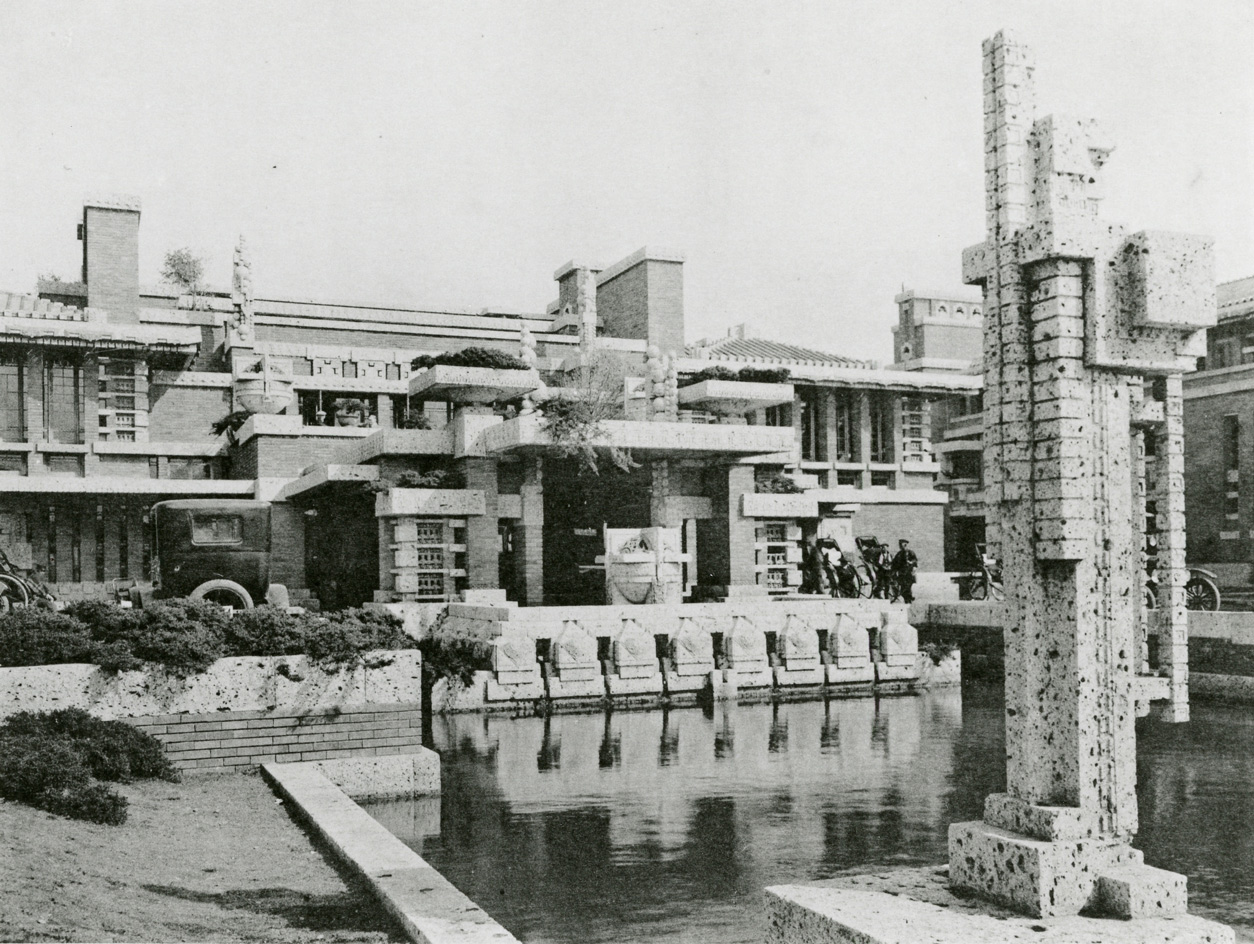

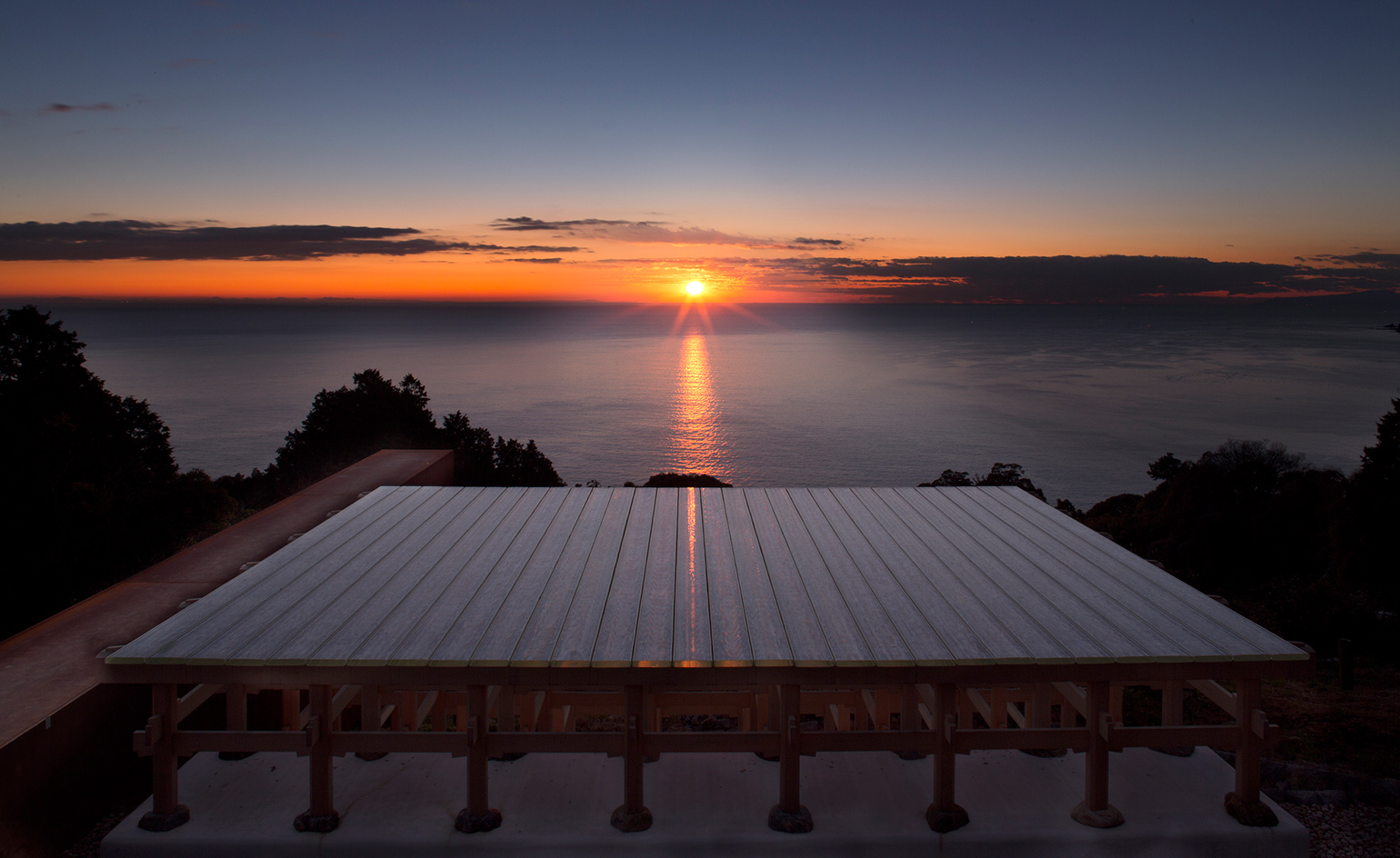
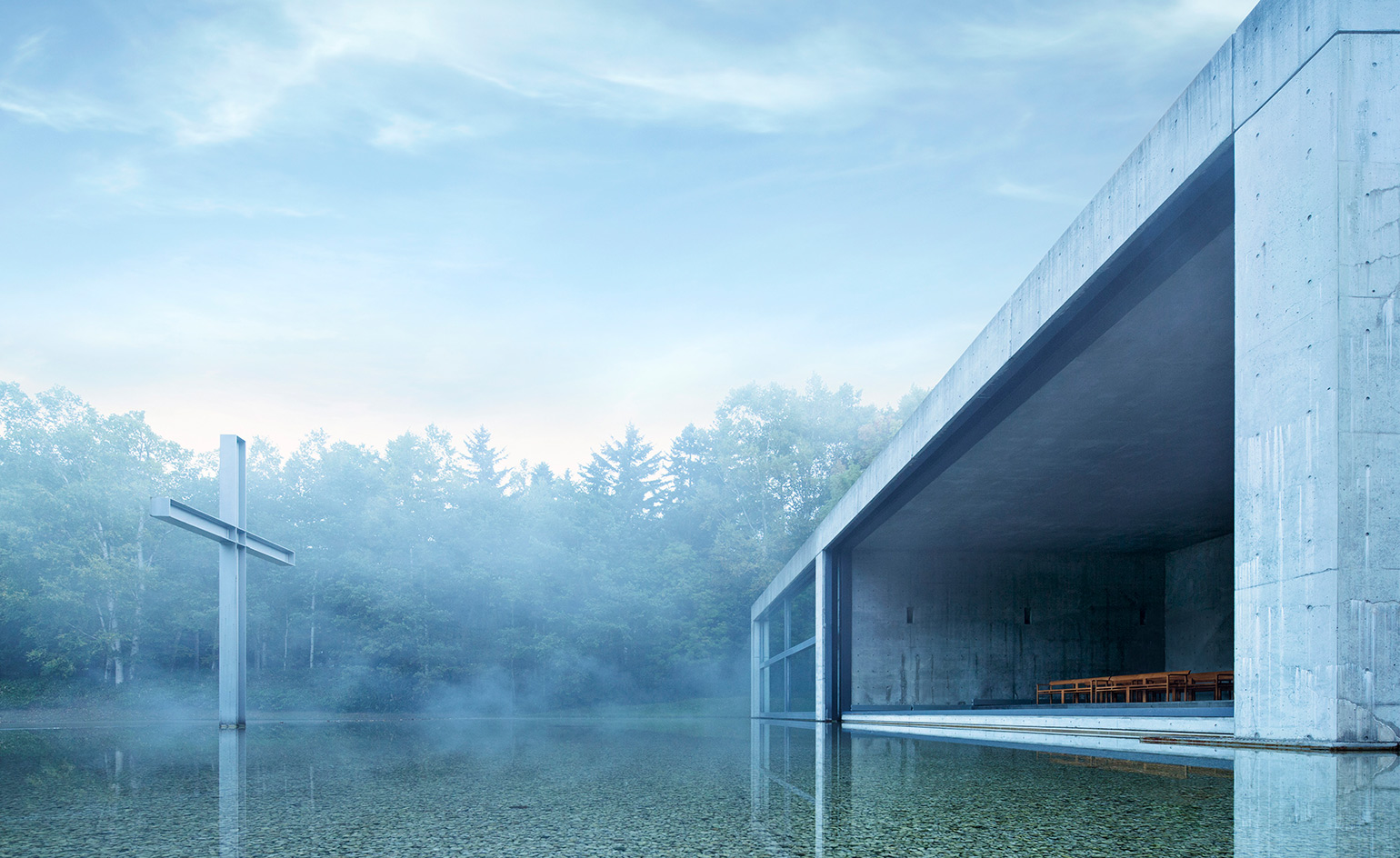

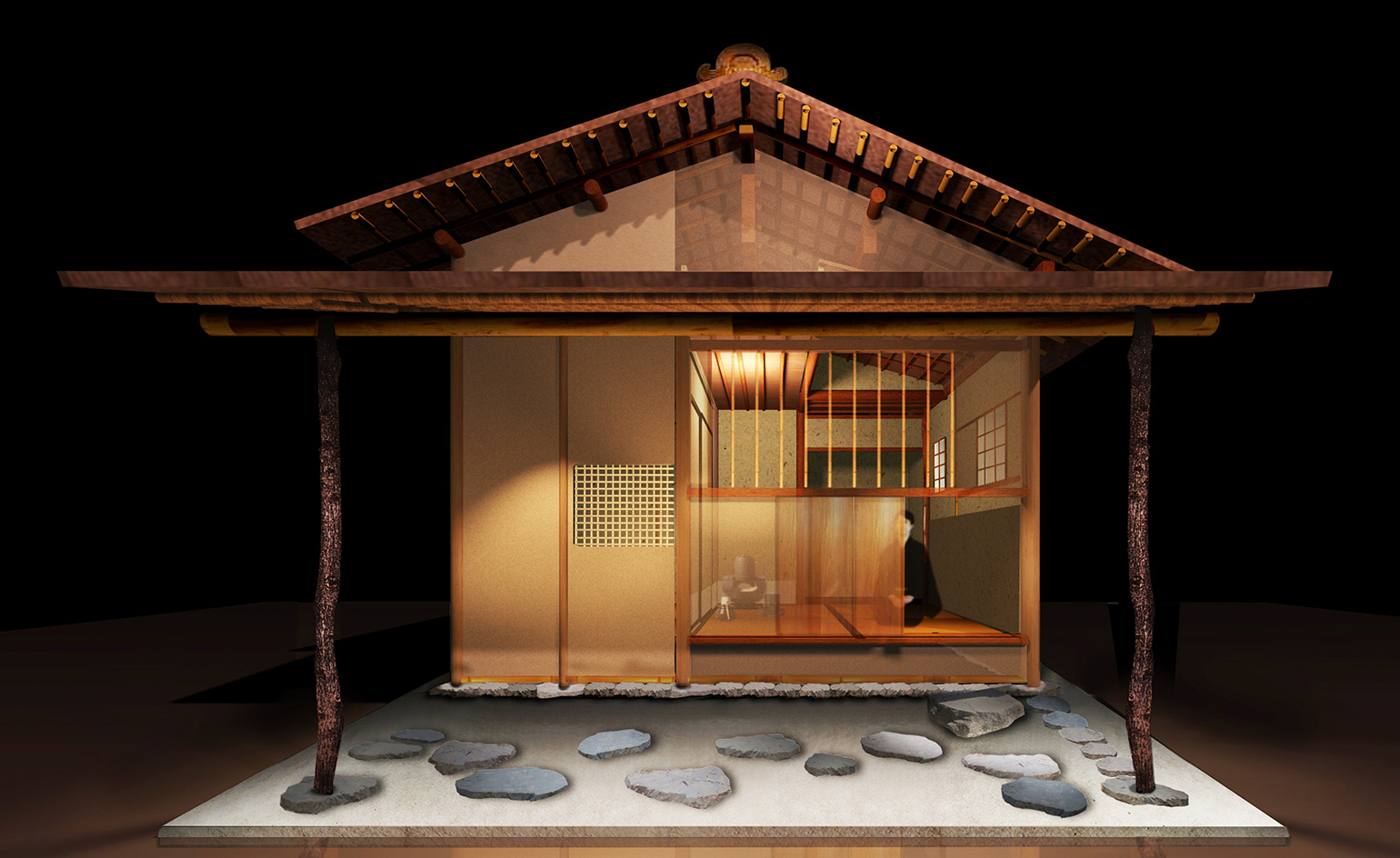
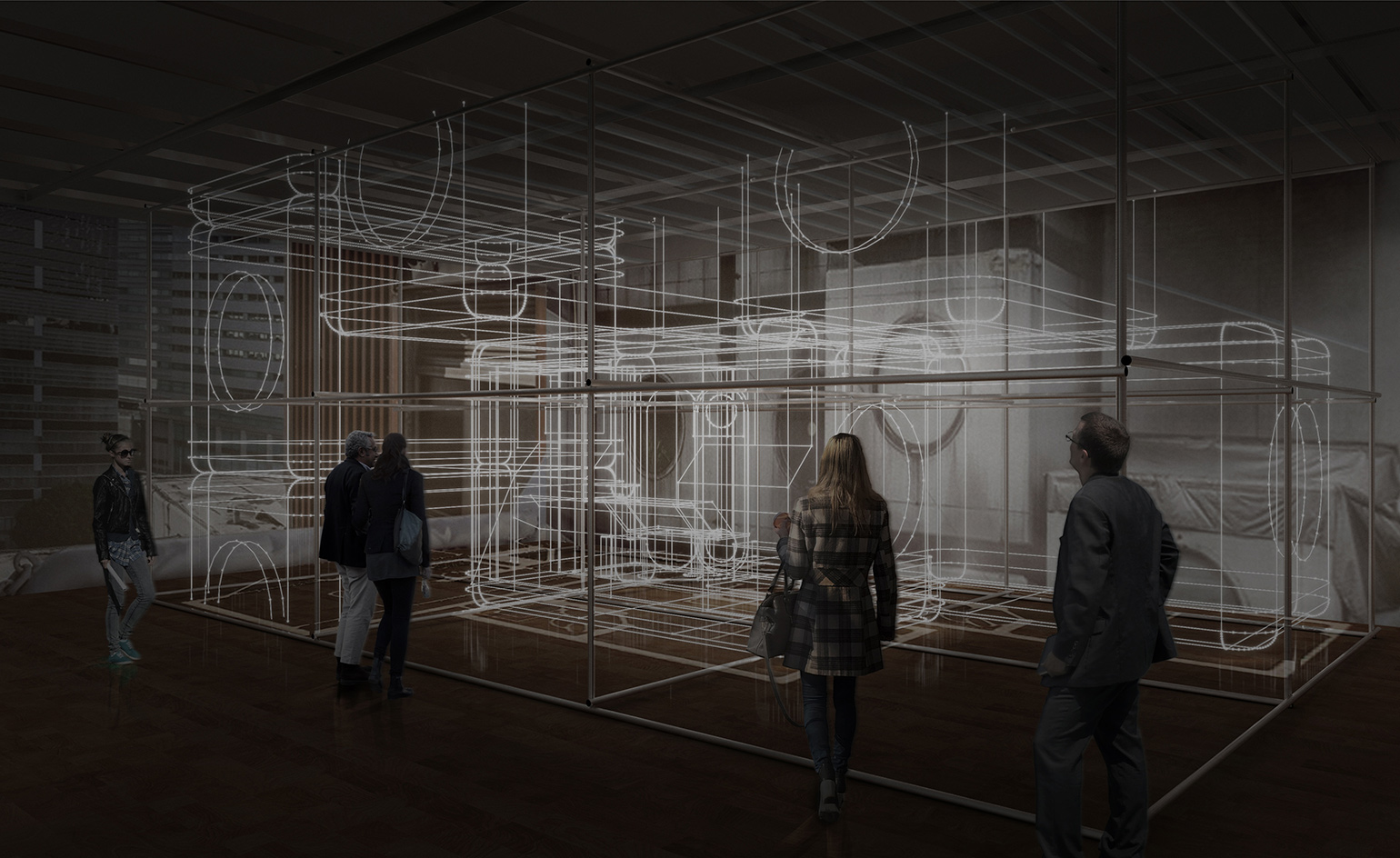
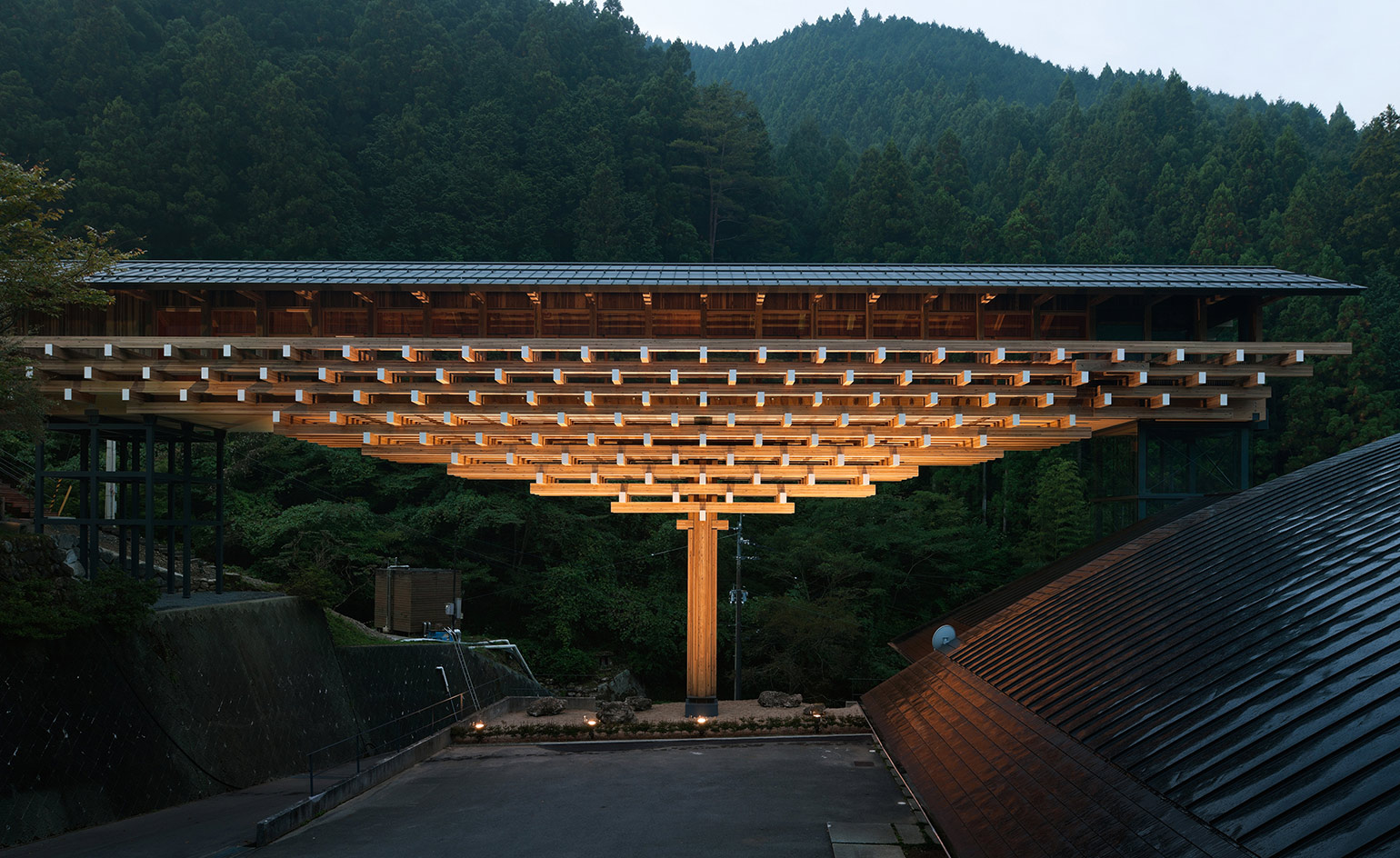
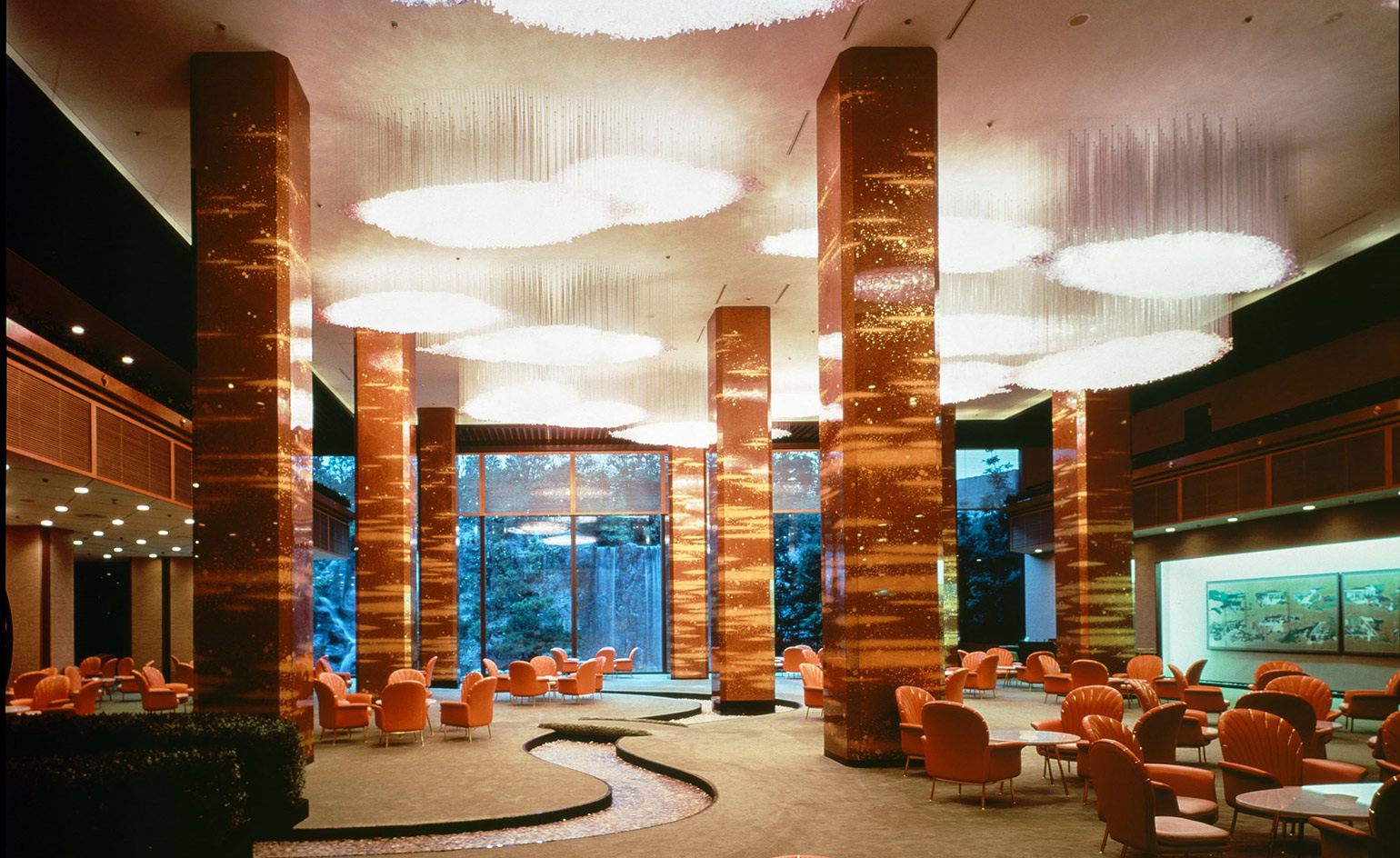
Main Lounge, Royal Hotel in Osaka (1973) by Isoya Yoshida.
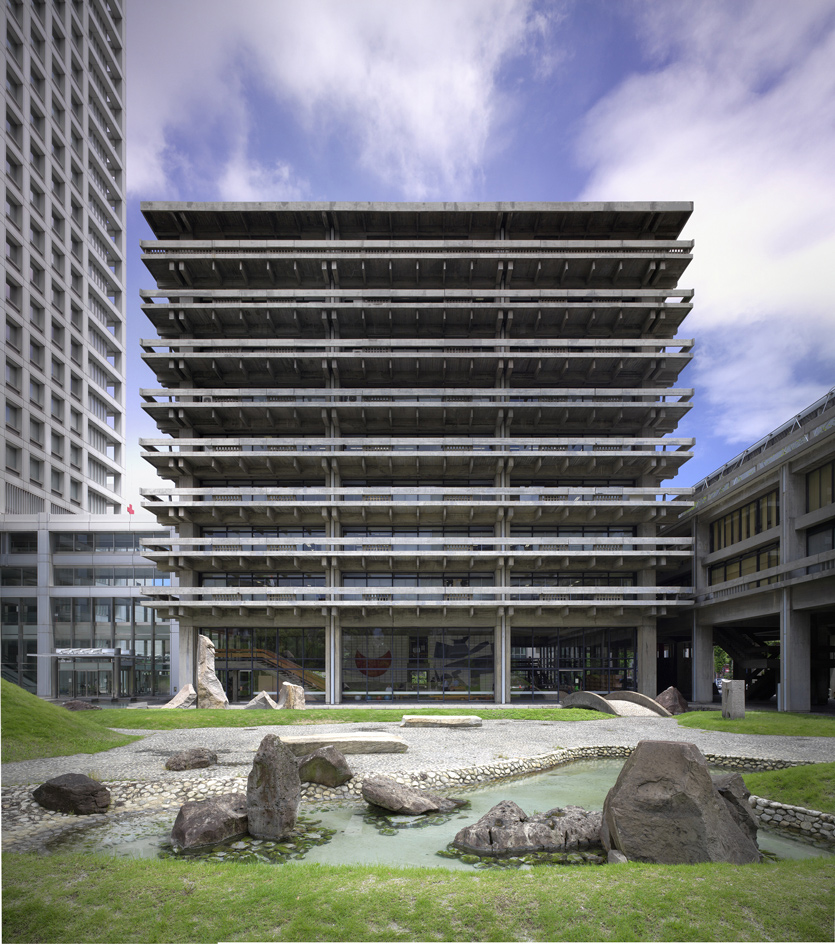
Kagawa Prefectural Government Hall (1959) in Kagawa by Kenzo Tange. courtesy of Kagawa Prefecture

'Snow at Kaiunbashi Bridge and First National Bank' by Kobayashi Kiyochika.
INFORMATION
’Japan in Architecture - Genealogies of Its Transformation’ is on view at the Mori Art Museum, Roppongi, Tokyo until 17 September. For more information please visit the website
Receive our daily digest of inspiration, escapism and design stories from around the world direct to your inbox.
Originally from Denmark, Jens H. Jensen has been calling Japan his home for almost two decades. Since 2014 he has worked with Wallpaper* as the Japan Editor. His main interests are architecture, crafts and design. Besides writing and editing, he consults numerous business in Japan and beyond and designs and build retail, residential and moving (read: vans) interiors.
-
 Wallpaper* Design Awards 2026: City of the Year shortlist
Wallpaper* Design Awards 2026: City of the Year shortlistExplore the nominated urban locations making an impact in design, architecture and contemporary culture
-
 Wallpaper* Design Awards 2026: Launch of the year shortlist
Wallpaper* Design Awards 2026: Launch of the year shortlistDiscover the shortlist for Launch of the Year in the Wallpaper* Design Awards 2026, from an innovative museum concept to a glass-like hydrating face mask
-
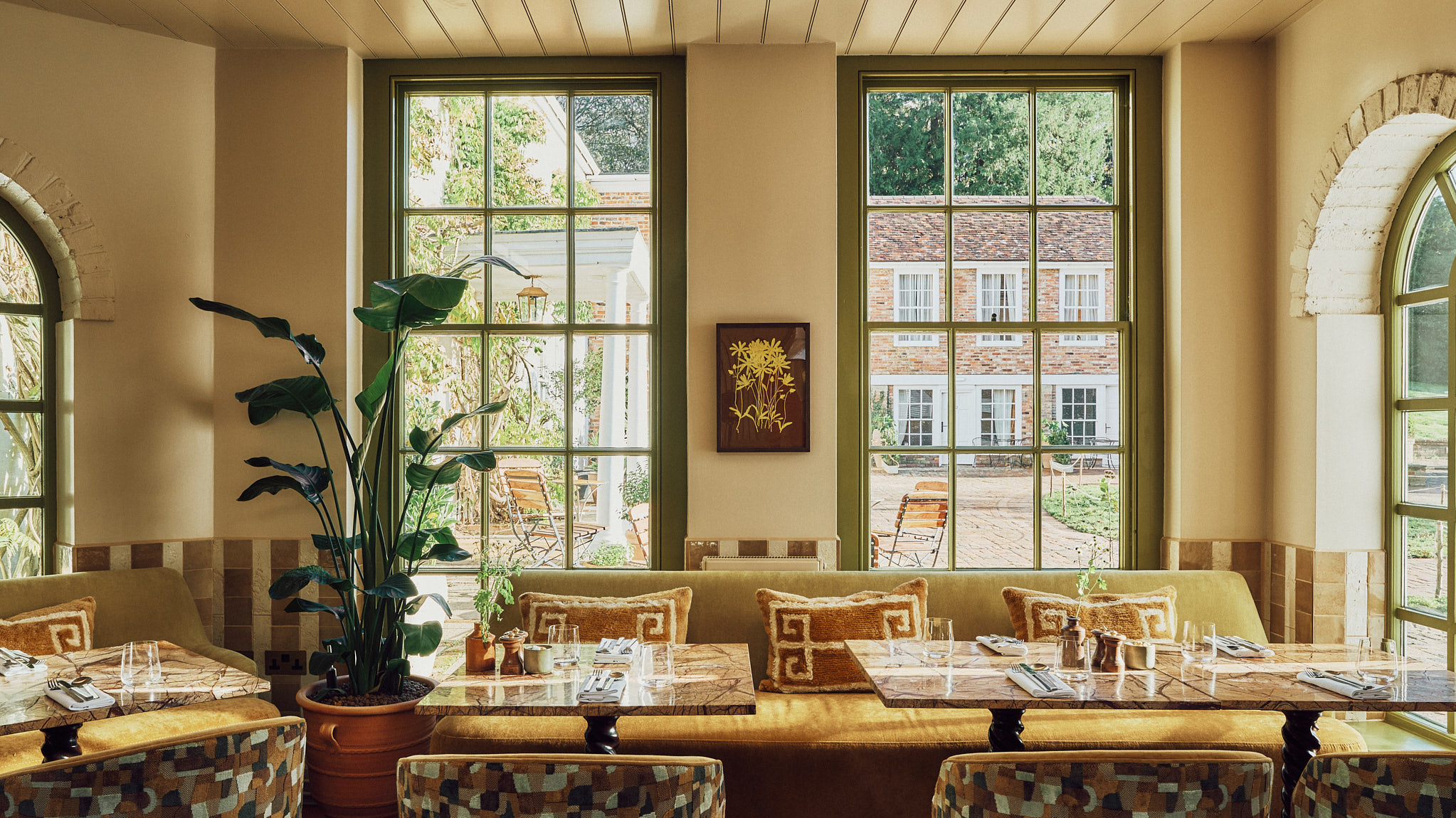 Why the UK’s newest country retreat is placing craft at its core
Why the UK’s newest country retreat is placing craft at its coreCrafted at Powdermills is an ambitious new members’ club and retreat deep in the East Sussex countryside. Designed by House of Dre, it aims to root itself in the local landscape and its community of makers. Wallpaper* pays a visit to find out how
-
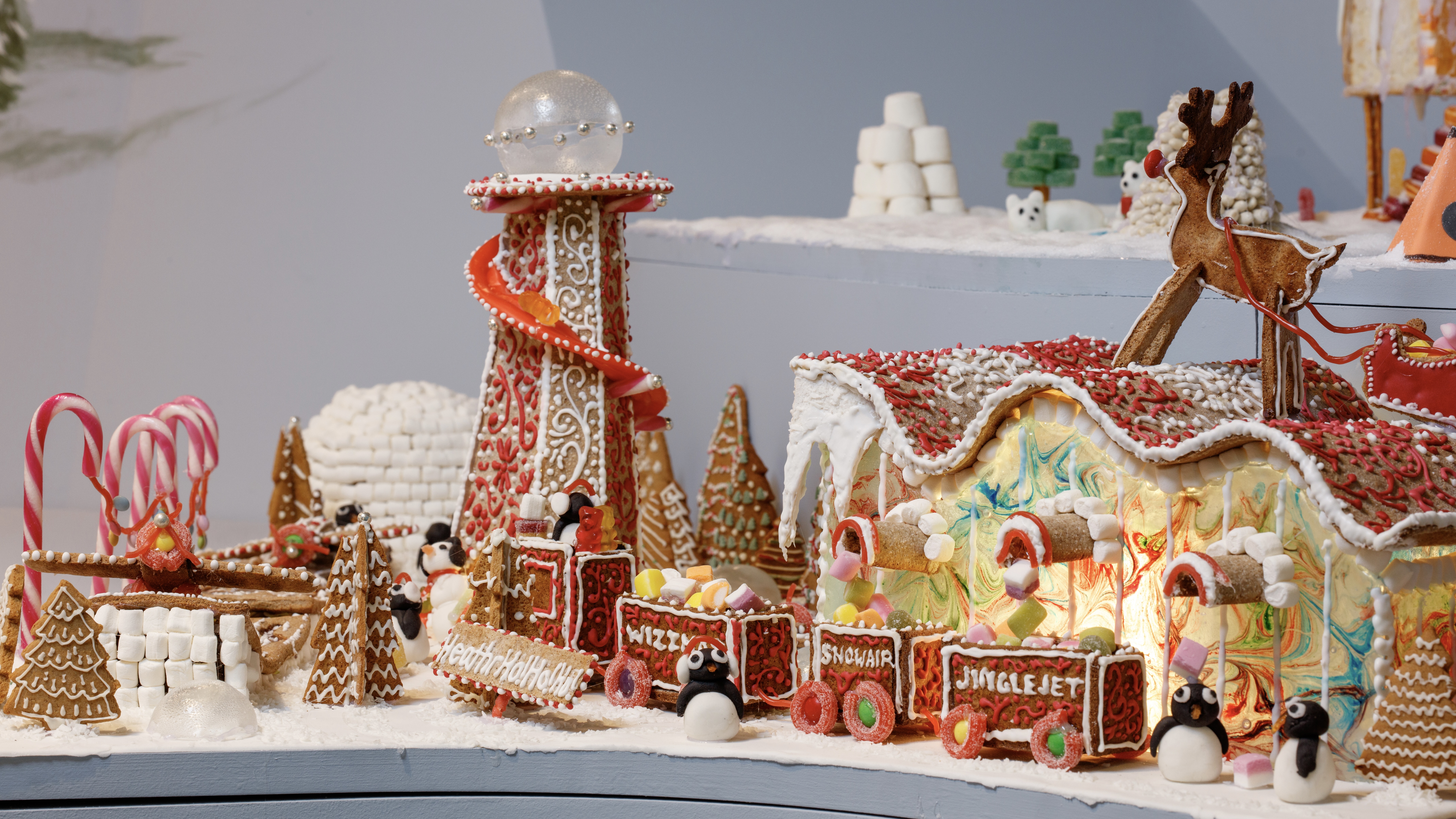 Welcome to The Gingerbread City – a baked metropolis exploring the idea of urban ‘play’
Welcome to The Gingerbread City – a baked metropolis exploring the idea of urban ‘play’The Museum of Architecture’s annual exhibition challenges professionals to construct an imaginary, interactive city entirely out of gingerbread
-
 Matsuya Ginza lounge is a glossy haven at Tokyo’s century-old department store
Matsuya Ginza lounge is a glossy haven at Tokyo’s century-old department storeA new VIP lounge inside Tokyo’s Matsuya Ginza department store, designed by I-IN, balances modernity and elegance
-
 The Architecture Edit: Wallpaper’s houses of the month
The Architecture Edit: Wallpaper’s houses of the monthThis September, Wallpaper highlighted a striking mix of architecture – from iconic modernist homes newly up for sale to the dramatic transformation of a crumbling Scottish cottage. These are the projects that caught our eye
-
 Utopian, modular, futuristic: was Japanese Metabolism architecture's raddest movement?
Utopian, modular, futuristic: was Japanese Metabolism architecture's raddest movement?We take a deep dive into Japanese Metabolism, the pioneering and relatively short-lived 20th-century architecture movement with a worldwide impact; explore our ultimate guide
-
 A new Tadao Ando monograph unveils the creative process guiding the architect's practice
A new Tadao Ando monograph unveils the creative process guiding the architect's practiceNew monograph ‘Tadao Ando. Sketches, Drawings, and Architecture’ by Taschen charts decades of creative work by the Japanese modernist master
-
 A Tokyo home’s mysterious, brutalist façade hides a secret urban retreat
A Tokyo home’s mysterious, brutalist façade hides a secret urban retreatDesigned by Apollo Architects, Tokyo home Stealth House evokes the feeling of a secluded resort, packaged up neatly into a private residence
-
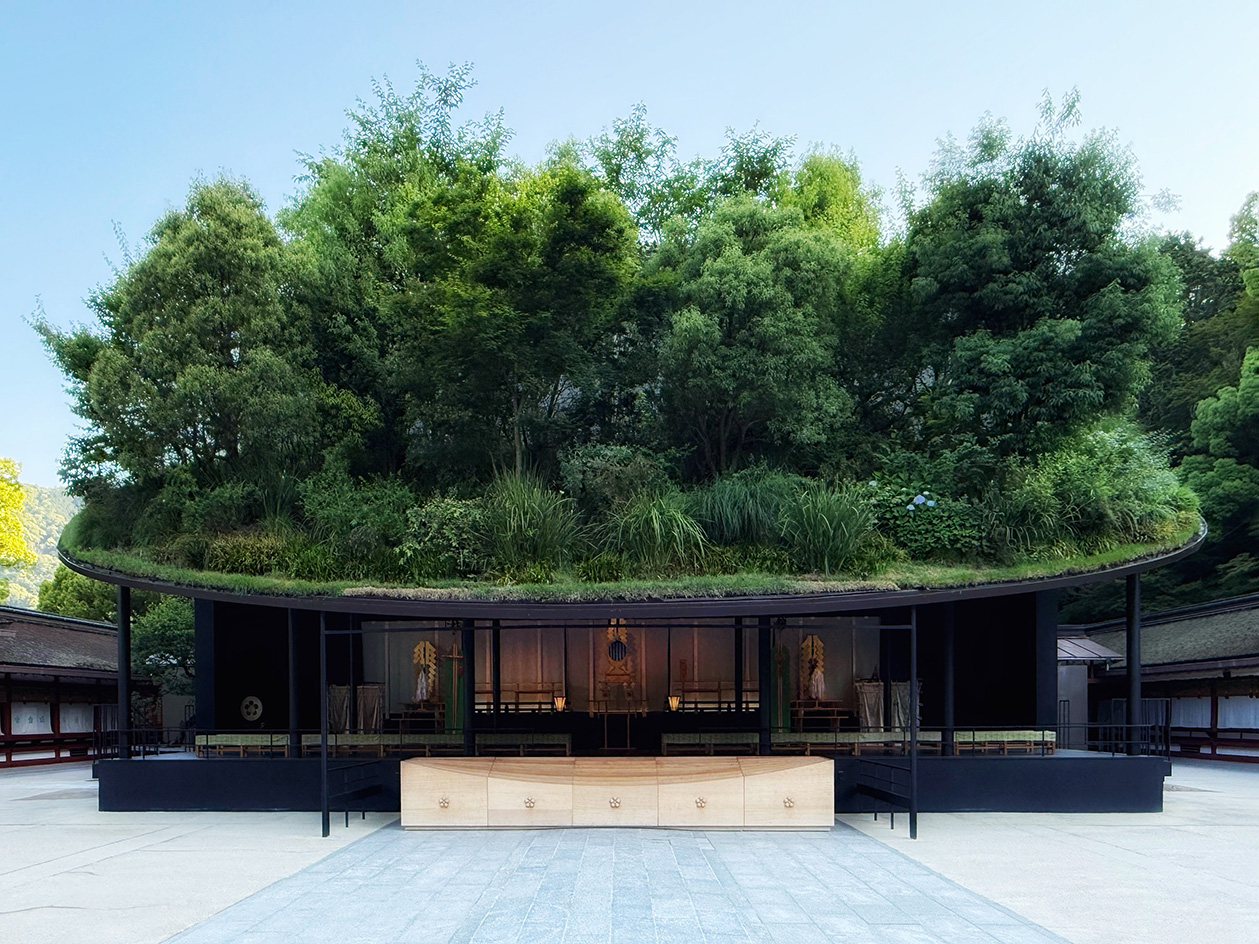 Landscape architect Taichi Saito: ‘I hope to create gentle landscapes that allow people’s hearts to feel at ease’
Landscape architect Taichi Saito: ‘I hope to create gentle landscapes that allow people’s hearts to feel at ease’We meet Taichi Saito and his 'gentle' landscapes, as the Japanese designer discusses his desire for a 'deep and meaningful' connection between humans and the natural world
-
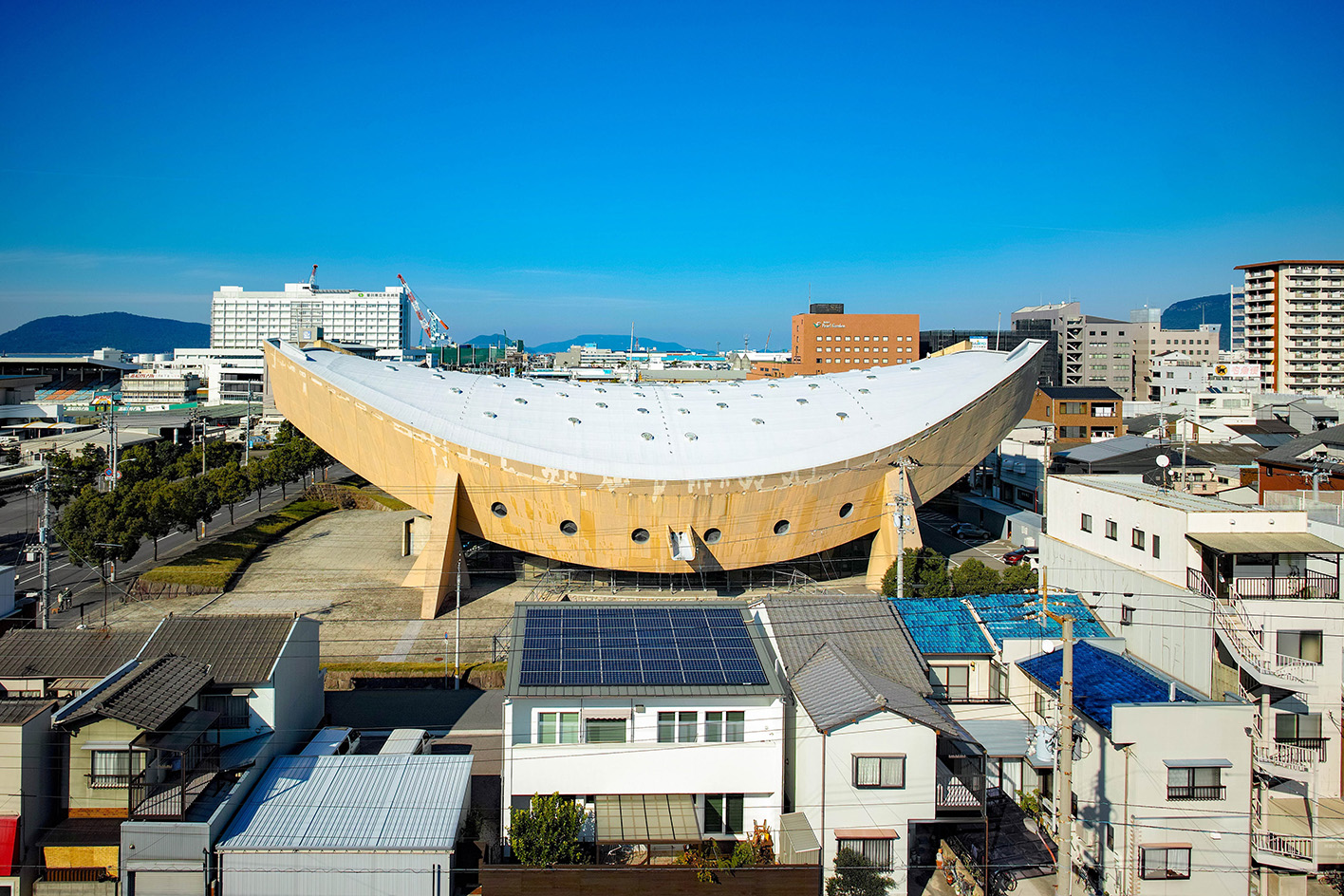 Campaigners propose reuse to save Kenzo Tange’s modernist ‘Ship Gymnasium’ in Japan
Campaigners propose reuse to save Kenzo Tange’s modernist ‘Ship Gymnasium’ in JapanThe Pritzker Prize-winning architect’s former Kagawa Prefectural Gymnasium is at risk of demolition; we caught up with the campaigners who hope to save it